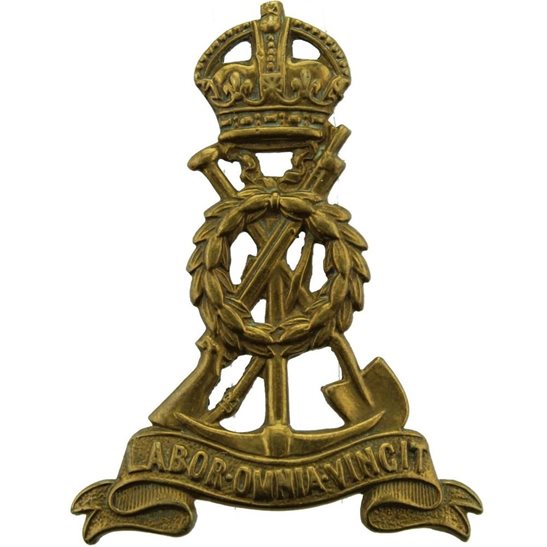Personal Details
Born: Ernest and his twin brother, Frederick, were born 26 August 1886 in Burton upon Trent, Staffordshire and baptised at St. Paul`s Parish Church, Burton upon Trent on 10 October 1886.
Family: He was one of three children born to William Wilson Drury, a brewer`s clerk, and his wife Kate, nee Allen. He married Charlotte M. Mitchell Quarter 4 1920 in Whitchurch, Shropshire and together they had one child, Joyce A.
Residence: In 1891 his family were living at 17 Grange Street, Burton Extra, Burton upon Trent. By 1901 they were still living in Burton but at 108 Station Road. Ten years later Ernest was a boarder at 38 Worthington Street, Whitchurch, Shropshire. This was the address given for him on the 1919 Absent Voters List. In 1939 he and his wife were living at 148 Wrexham Road, Whitchurch.
Employment: On the 1911 Census he was described as a grocer`s assistant but by 1939 he was a roadman employed by Shropshire County Council.
Died: Quarter 1 1962 in Whitchurch, Shropshire, aged 75.
Military Details
Regiment: Labour Corps. (previously South Lancashire Regiment)
Rank: Private
Service Number: 408400 (previously 25198)
Date of Enlistment: Not known
Date of Discharge: Not known
Reason for Discharge: Not known
Ernest was awarded the Campaign Medals (British War Medal and Victory Medal).

The British War Medal (also known as 'Squeak') was a silver or bronze medal awarded to officers and men of the British and Imperial Forces who either entered a theatre of war or entered service overseas between 5th August 1914 and 11th November 1918 inclusive. This was later extended to services in Russia, Siberia and some other areas in 1919 and 1920. Approximately 6.5 million British War Medals were issued. Approximately 6.4 million of these were the silver versions of this medal. Around 110,000 of a bronze version were issued mainly to Chinese, Maltese and Indian Labour Corps. The front (obv or obverse) of the medal depicts the head of George V. The recipient's service number, rank, name and unit was impressed on the rim.
The Allied Victory Medal (also known as 'Wilfred') was issued by each of the allies. It was decided that each of the allies should each issue their own bronze victory medal with a similar design, similar equivalent wording and identical ribbon. The British medal was designed by W. McMillan. The front depicts a winged classical figure representing victory. Approximately 5.7 million victory medals were issued. Interestingly, eligibility for this medal was more restrictive and not everyone who received the British War Medal ('Squeak') also received the Victory Medal ('Wilfred'). However, in general, all recipients of 'Wilfred' also received 'Squeak' and all recipients of The 1914 Star or The 1914/1915 Star (also known as 'Pip') also received both 'Squeak' and 'Wilfred'. The recipient's service number, rank, name and unit was impressed on the rim.

